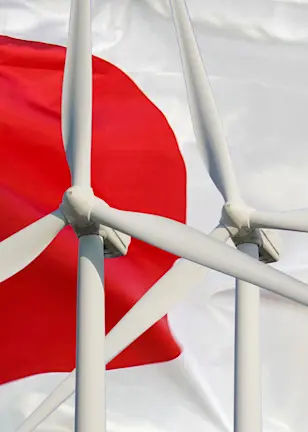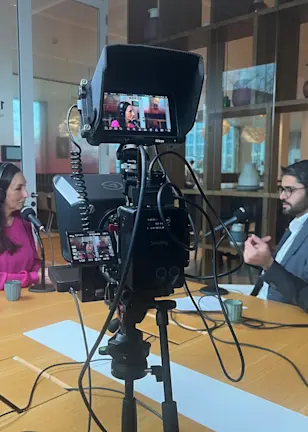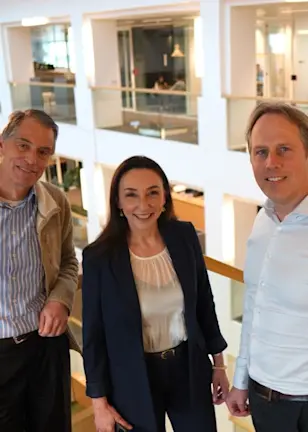Disclaimer
The information contained in the website is solely intended for professional investors. Some funds shown on this website fall outside the scope of the Dutch Act on the Financial Supervision (Wet op het financieel toezicht) and therefore do not (need to) have a license from the Authority for the Financial Markets (AFM).
The funds shown on this website may not be available in your country. Please select your country website (top right corner) to view more information.
Neither information nor any opinion expressed on the website constitutes a solicitation, an offer or a recommendation to buy, sell or dispose of any investment, to engage in any other transaction or to provide any investment advice or service. An investment in a Robeco product should only be made after reading the related legal documents such as management regulations, prospectuses, annual and semi-annual reports, which can be all be obtained free of charge at this website and at the Robeco offices in each country where Robeco has a presence.
By clicking Proceed I confirm that I am a professional investor and that I have read, understood and accept the terms of use for this website.
Sustainable Investing
Scope 1, 2 and 3 emissions
Scope 1,2 and 3 emissions are greenhouse gas emissions that cause carbon footprints. As their name suggests, they are measured in three ways, according to how they were created:
Scope 1 emissions are those that are directly generated by the company, such as an airline emitting exhaust fumes.
Scope 2 emissions are those that are created by the generation of the electricity or heat needed by the company to sell its main products or provide its main services.
Scope 3 emissions are those caused by the entire value chain, including the end-user of the product over its life cycle, and are much more difficult to measure.
The use of scopes is important, as it allows investors to identify the true causes of emissions and suggest means of reducing them through engagement. An electricity utility would have relatively low Scope 1 emissions caused by its infrastructure or grid, but high Scope 2 emissions if its power came from the burning of fossil fuels rather than renewable sources.
Creating returns that benefit the world we live in
A carmaker is an anomaly, since it would have relatively low Scope 1 and 2 emissions for making the car, but the user of the vehicle would burn petrol to run the car over many years, causing very high Scope 3 emissions.
While Scope 1 and 2 data are relatively easy to acquire, it can be very difficult to measure Scope 3 data; in the example of the car user, one could not know how many kilometers it would be driven. More forward-looking metrics are necessary to truly measure carbon footprints, both in terms of companies’ products and services, and their entire value chains.
















